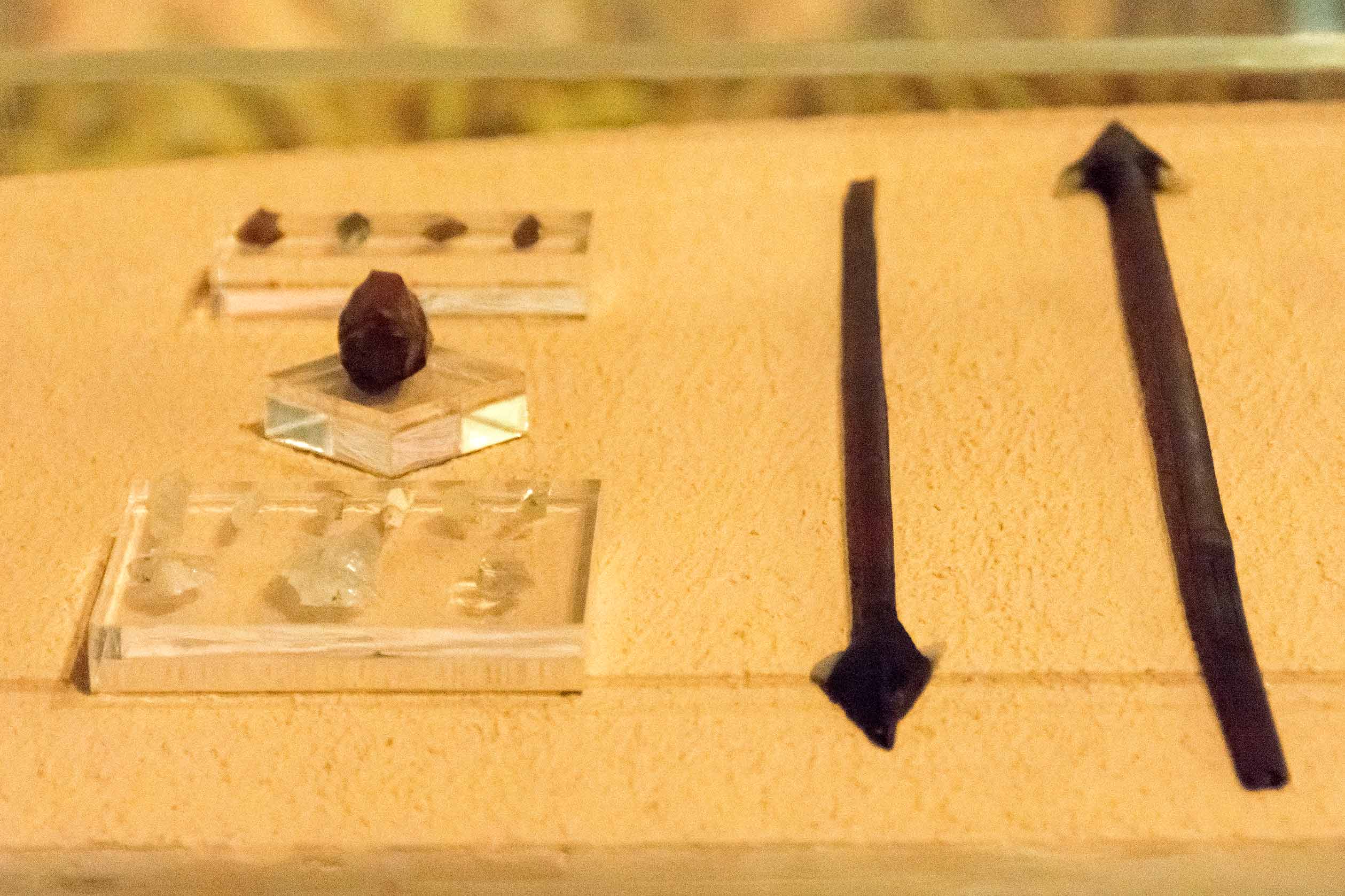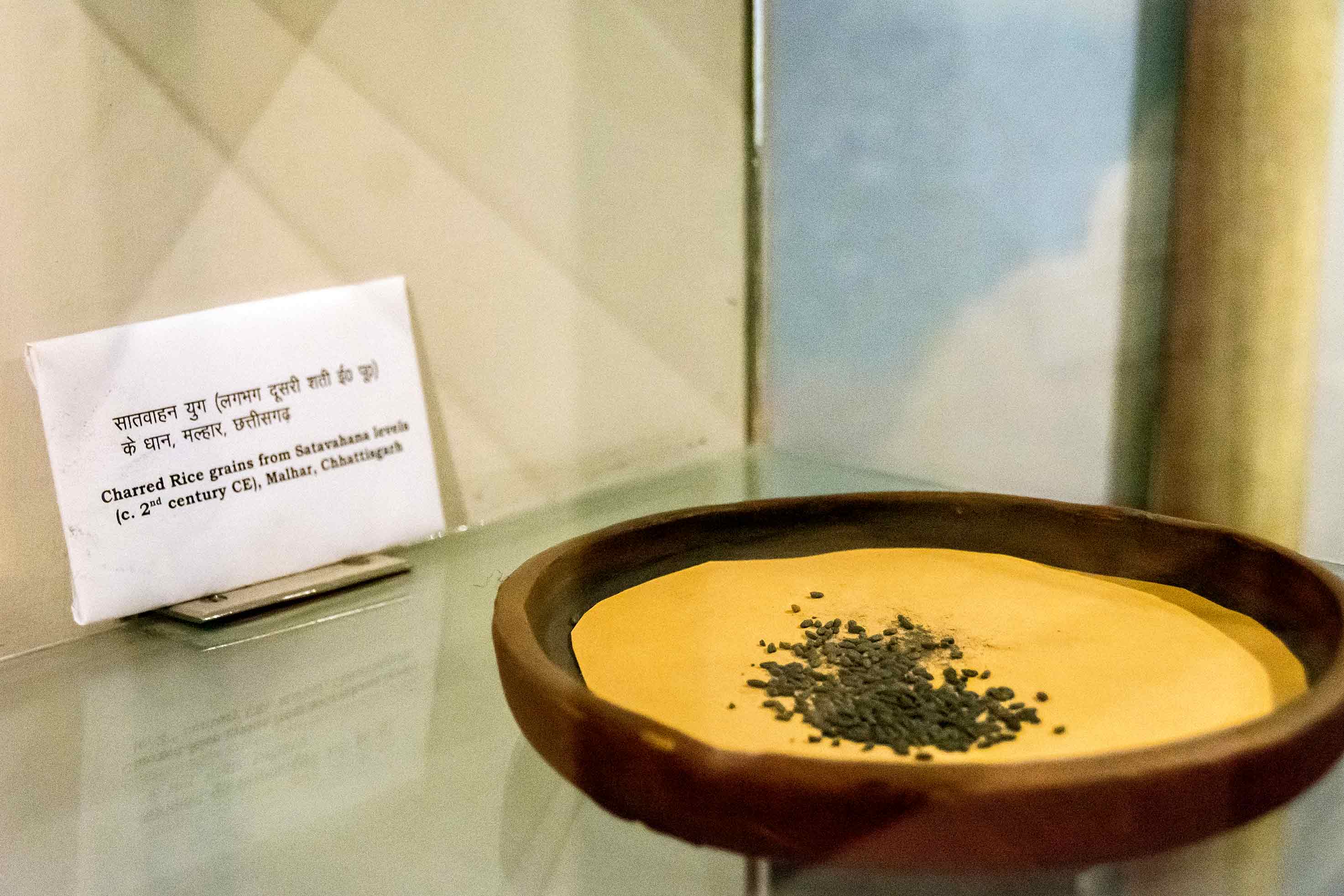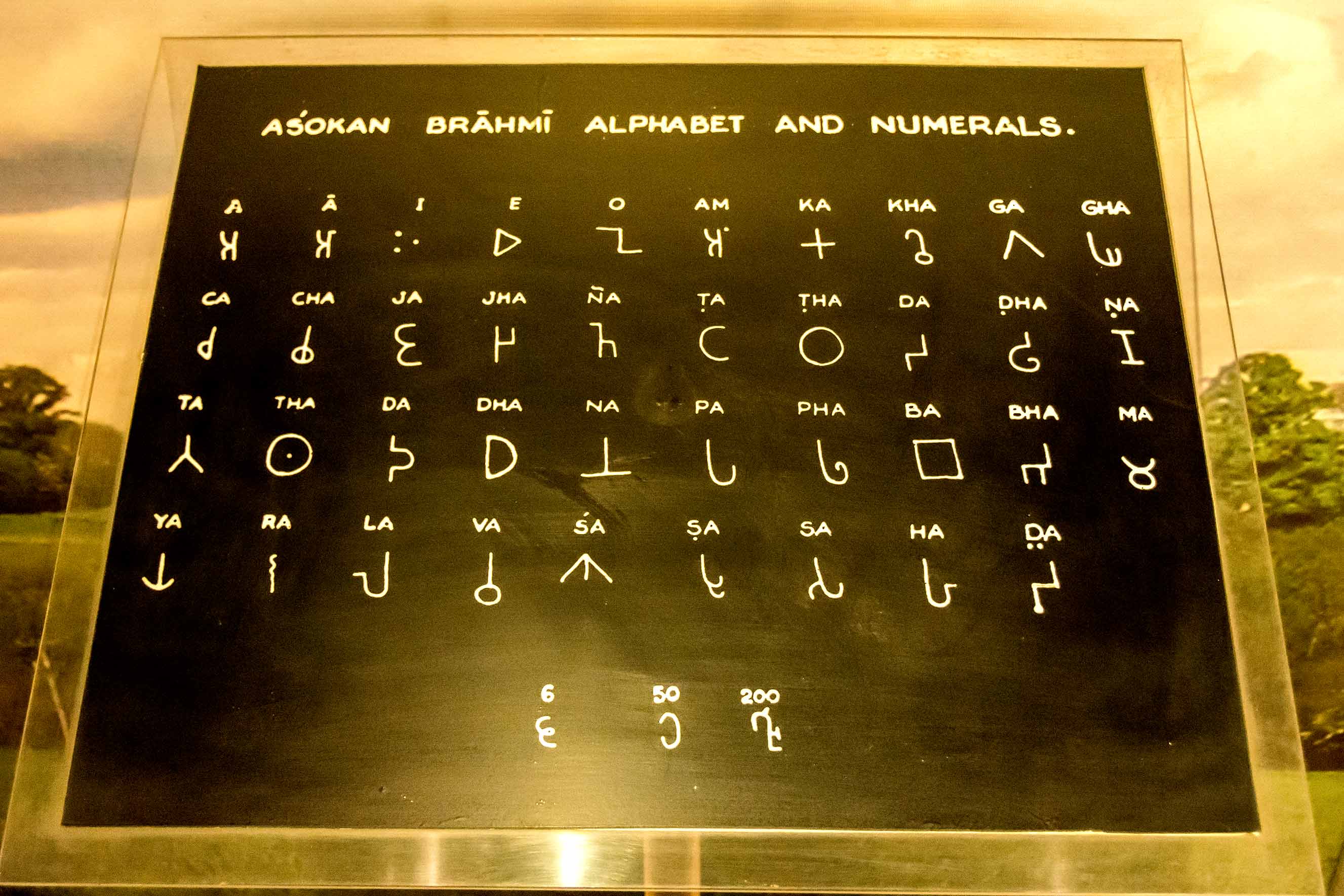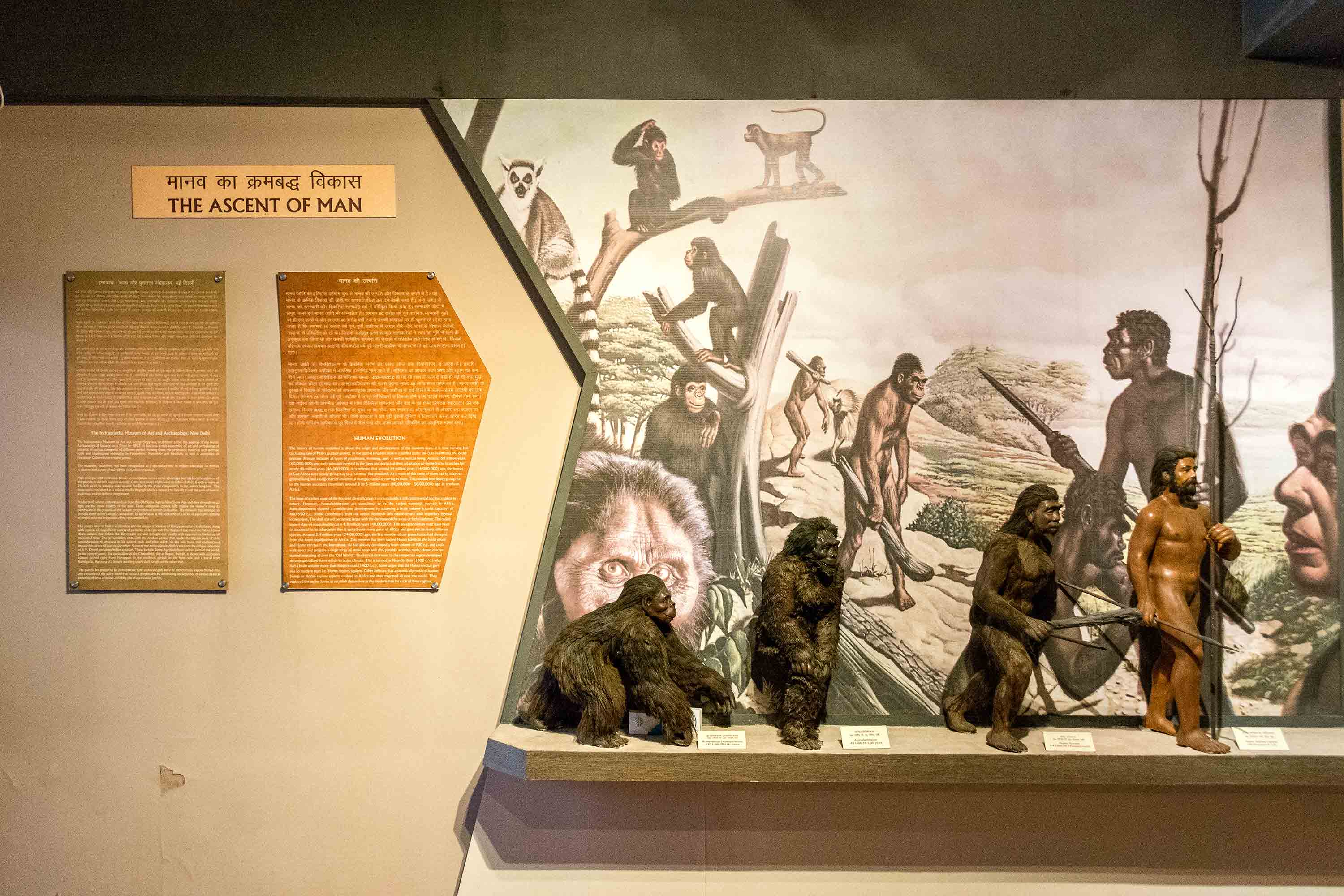The Indraprastha Museum of Art and Archaeology houses antiquarian items, procured from excavation programmes, conducted by the Indian Archaeological Society at various ancient spots such as Kamrej in Gujarat and Kampilya in Uttar Pradesh. There are also antiquities acquired by individuals and institutions. The museum is even a repository for artefacts and crafts worked on by the present-day artists. Fossils from the Narmada valley and the Sivaliks, and both mammalian and non-mammalian fauna, dated to more than one and a half million years ago hailing from the Middle Pleistocene period, are available. Together with the fossils, there is also on display a massive repertory of Stone Age tools- the Palaeoliths, the Microliths, the Neoliths, and tools of the Upper Palaeolithic period.
Numismatic collection, belonging to different eras, adorns the museum storehouse with its discrete charm. There are coins of different periods starting from the punch-marked coins of 4th century B.C. Modern contemporary paintings occupy a special place in the museum. This entails a fascinating oil painting, done on canvas, and imported from the erstwhile USSR. There are Persian manuscripts and documents, which team up with the other precious preserves of the museum. The highlights at the museum are a diorama on the evolution of man, late Mesolithic painting of a curvilinear abstract bison, terracotta items from Harappan civilisation and Asokan Brahmi alphabets.
28.5440385, 77.1783781





